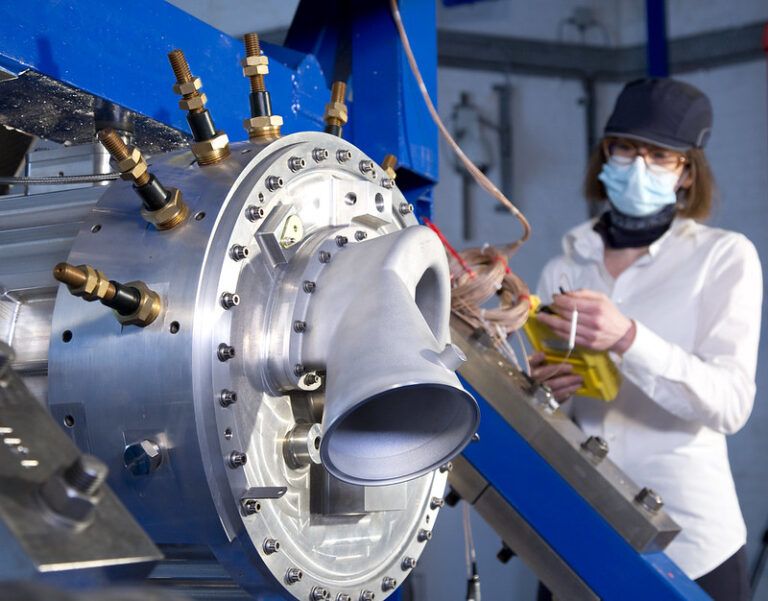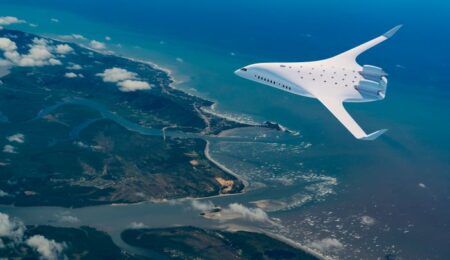Rolls-Royce has started ground testing a hybrid-electric power and propulsion system designed for use in regional aircraft which it says is the most powerful in the aerospace sector.
The company’s 2.5MW Power Generation System 1 (PGS1) demonstrator program has begun with testing of the AE2100 engine element, specialist controls and thermal management system, supported by a system integration generator at Testbed 108 in Bristol, UK.
Testbed 108 had been used as a storage facility for the last 12 years and was completely renovated to accommodate the hybrid-electric testing.
The next step in the ground testing is planned for later this year, when a fully operational generator and a 3,000-volt power electronics system, will be brought together at Testbed 108 to start full system testing of PGS1. The generator and power electronics system is currently undergoing testing at Rolls-Royce’s facility in Trondheim, Norway.
Once ground testing is complete, Rolls-Royce engineer will use PGS1 as a technology basis for future hybrid aircraft programs that requiring MW-scale power.
The generator can be used either for hybrid-electric propulsion systems or as part of a more-electric system for larger aircraft.
Alan Newby, director aerospace technology and future programmes at Rolls-Royce, said, “We know that in a post Covid-19 world people will want to connect but do so more sustainably. Electrification offers a new way to power short-haul aircraft and we want to be at the forefront of pioneering this technology.”
“Our PGS1 tests will lead the way in finding out what this new generation of hybrid-electric propulsion system is capable of delivering. For example, our generator is about the size of a beer keg but it needs to produce enough electricity to power around 2,500 homes and do so continuously.
“By doing these tests we will be able to validate our digital modelling and find out precisely what is physically and technically possible.”
Testbed 108 has hosted the testing of several aircraft engines significant to UK-aviation since the 1960s, including: the Hercules and Centaurus engines that powered the Bristol Beaufighter, Bristol Brabazon and Hawker Sea Fury aircraft, the Olympus engine that powered Concorde and the Pegasus and RB199 used in the Harrier and Tornado fighters.
Both Testbed 108 and PGS1 have been supported by the UK-Government funded Aerospace Technology Institute through a research project called MegaFlight. The development of the 2.5MW electrical generator, motor and power electronics design in Trondheim has been supported by the EU’s Clean Sky 2 program.





